Beyond the KEA: Using Assessment Information to Drive your Decision Making

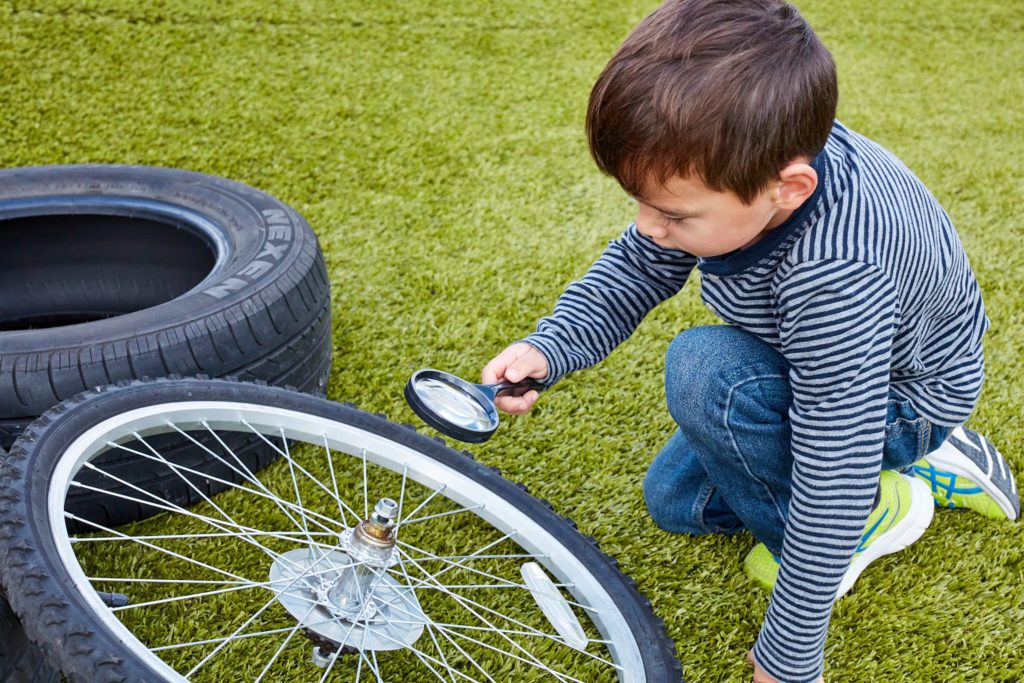
As a former kindergarten teacher, NJDOE Kindergarten Entry Assessment (KEA) Manager, and now mom of a child in kindergarten, I have long held authentic, formative assessment near and dear to my heart. But as much as I love whole-child formative assessment, I also know firsthand the realities of a kindergarten teacher’s day. I understand the pressure of 24 sets of eyes looking to you for guidance as you gather in the large-group area. I understand the challenges of leading a small group (and sometimes not-so-small group) of children while trying to record quality documentation. I understand the overwhelming sense of urgency to gather meaningful information within a short period of time.
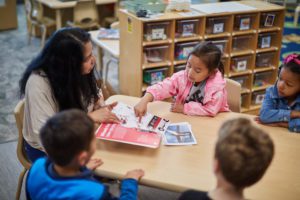 These day-to-day, real-life factors are not lost on me as I offer you guidance for using the wealth of information you gathered during the first couple months of school, as this data is the clearest route to informing and improving your practice. You have already complied with the mandate to gather evidence of children’s current skills and abilities; now it’s time to move beyond compliance and put it to practical use in your classroom. Here are three ways that all the work you’ve done can make a positive, lasting impact on your teaching practice.
These day-to-day, real-life factors are not lost on me as I offer you guidance for using the wealth of information you gathered during the first couple months of school, as this data is the clearest route to informing and improving your practice. You have already complied with the mandate to gather evidence of children’s current skills and abilities; now it’s time to move beyond compliance and put it to practical use in your classroom. Here are three ways that all the work you’ve done can make a positive, lasting impact on your teaching practice.
Intentionally Scaffold Children’s Learning
Scaffolding children’s learning and individualizing experiences and interactions for the children in your care are clear benefits of applying the detailed assessment information gathered during the KEA collection period.
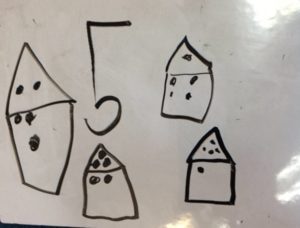 You can make the most of the information you have gathered by comparing each child’s demonstrated skills to the progressions of development and learning for each relevant objective. After determining each child’s current skill levels, the progressions will then help you see whether their skills are within the widely held expectations for children at the beginning of kindergarten. You can also determine what skills and abilities come next in each progression so that you know where to target instruction for each child. Now, you can plan with far greater intentionality.
You can make the most of the information you have gathered by comparing each child’s demonstrated skills to the progressions of development and learning for each relevant objective. After determining each child’s current skill levels, the progressions will then help you see whether their skills are within the widely held expectations for children at the beginning of kindergarten. You can also determine what skills and abilities come next in each progression so that you know where to target instruction for each child. Now, you can plan with far greater intentionality.
Based off what you know about each child, ask yourself, “What might I do next to support this child’s development and learning?” Individualized support might look like tailoring an experience for a group of children who are exceeding widely held expectations for a particular objective, using specific vocabulary and questioning techniques while children build with blocks, or adjusting the writing materials made available to children in each learning station.
Planning experiences and interactions based on what children know and are able to do allows teachers to appropriately challenge children without frustrating them, while also strengthening foundational skills that are often overlooked in a “one size fits all” curriculum and assessment environment.
Fine-Tune Your Learning Environment
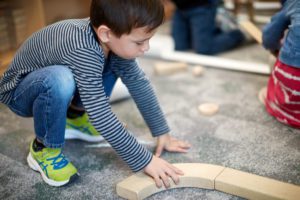 Reflecting on your observations and assessment information can help you shape daily routines, plan experiences, and continually enhance your relationships with each child. These same reflections can help you fine-tune the classroom’s physical environment to maximize its potential as a “silent teacher.” Reviewing KEA information will help you become a more intentional practitioner as you make planning decisions based on the information you have.
Reflecting on your observations and assessment information can help you shape daily routines, plan experiences, and continually enhance your relationships with each child. These same reflections can help you fine-tune the classroom’s physical environment to maximize its potential as a “silent teacher.” Reviewing KEA information will help you become a more intentional practitioner as you make planning decisions based on the information you have.
Consider asking yourself questions such as the following.
Which objectives and dimensions were observed most frequently?
Ms. Cindy notices that she gathered documentation related to Objective 18c, “Retells stories and recounts details from informational texts,” most frequently. Ms. Cindy has included a variety of story retelling props, sequencing cards, and book conversation experiences in her learning environment and daily routines. She decides this is a practice she is going to continue to enhance as the children’s interests grow and change.
Which objectives and dimensions were observed less frequently?
Ms. Cindy notices she has gathered documentation related to Objective 22a, “Measures objects,” the least frequently. Ms. Cindy reflects on her classroom’s physical environment and notices that she lacks materials that support children’s engagement in skills related to this objective. Ms. Cindy decides to adjust her physical environment to support children’s learning by adding materials related to this objective, such as a balance scale and measuring tape, to the Makerspace station. She also uses the “Strategies” section in Volume 2: Objectives for Development & Learning, Birth Through Third Grade to help her plan interactions related to Objective 22a.
Do I notice any trends?
Ms. Cindy notices she has a significant number of children falling below widely held expectations for Objective 15a, “Notices and discriminates rhyme.” Ms. Cindy decides to intentionally build rhyme-focused transitional experiences into her day to support the development of this skill. She also plans a variety of engaging small-group and read-aloud experiences to strengthen children’s foundational skills related to Objective 15a.
Am I gathering enough information on each child?
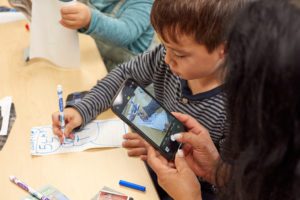 Ms. Cindy notices she has very little information on Sebastian, a child who has just joined her class after moving to the United States from Poland. Ms. Cindy adds a note to spend one-on-one time with Sebastian during Project Learning time, reading and talking with him about his family at least once during the upcoming week.
Ms. Cindy notices she has very little information on Sebastian, a child who has just joined her class after moving to the United States from Poland. Ms. Cindy adds a note to spend one-on-one time with Sebastian during Project Learning time, reading and talking with him about his family at least once during the upcoming week.
Strengthen Family Partnerships
Communicating with families about what their children know and can do is a powerful tool. Sharing strengths-based information with each child’s family helps them understand their child’s current knowledge, skills, and abilities in a way that builds confidence and strengthens relationships. Consider what KEA information and evidence is most useful and insightful to each child’s family and share authentic examples from the evidence you have gathered. Establishing yourself as each family’s trusted partner—and continuing to build on that partnership throughout the year—will make every future exchange easier and more meaningful.
Although at times it can feel overwhelming, using the authentic assessment information you have gathered during the KEA collection period to drive your decision-making offers both teachers and children clear benefits. Thoughtfully leveraging the rich assessment information you have devoted time and energy to gathering will strengthen your practice well beyond the KEA collection period.
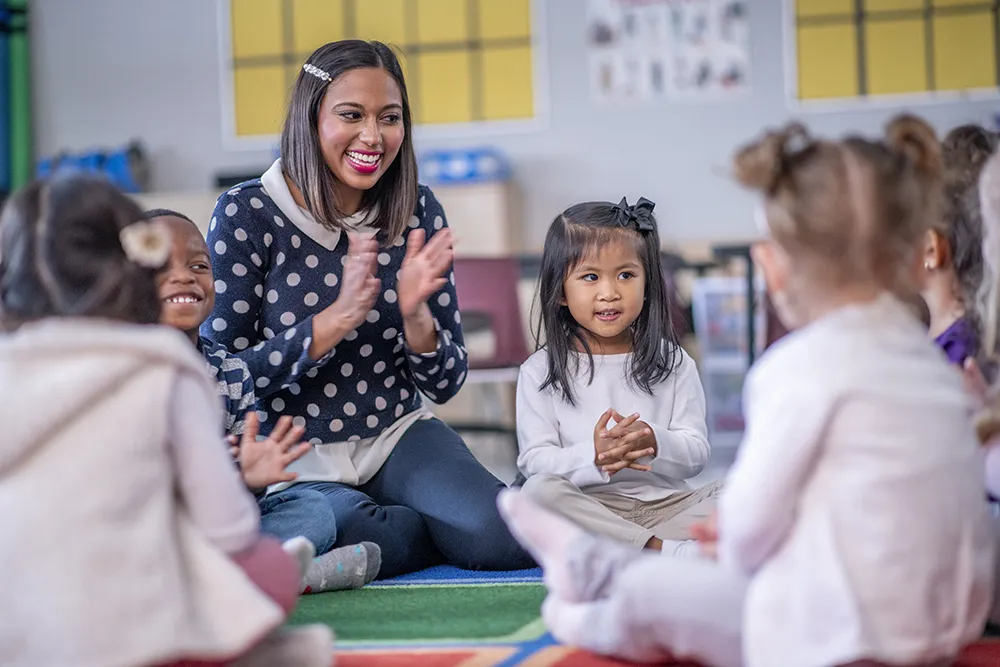
A Kindergarten Curriculum That Supports All Learners
Encourage all children to think critically, solve problems, and connect ideas with the The Creative Curriculum for Kindergarten.